As an Indoor Gardening Expert, I Do These 7 Things Every Fall to Save My Houseplants From Seasonal Stress
Houseplants slow down during the fall and can get stressed. Follow these super simple moves for autumn houseplants keep your greens lush and thriving.
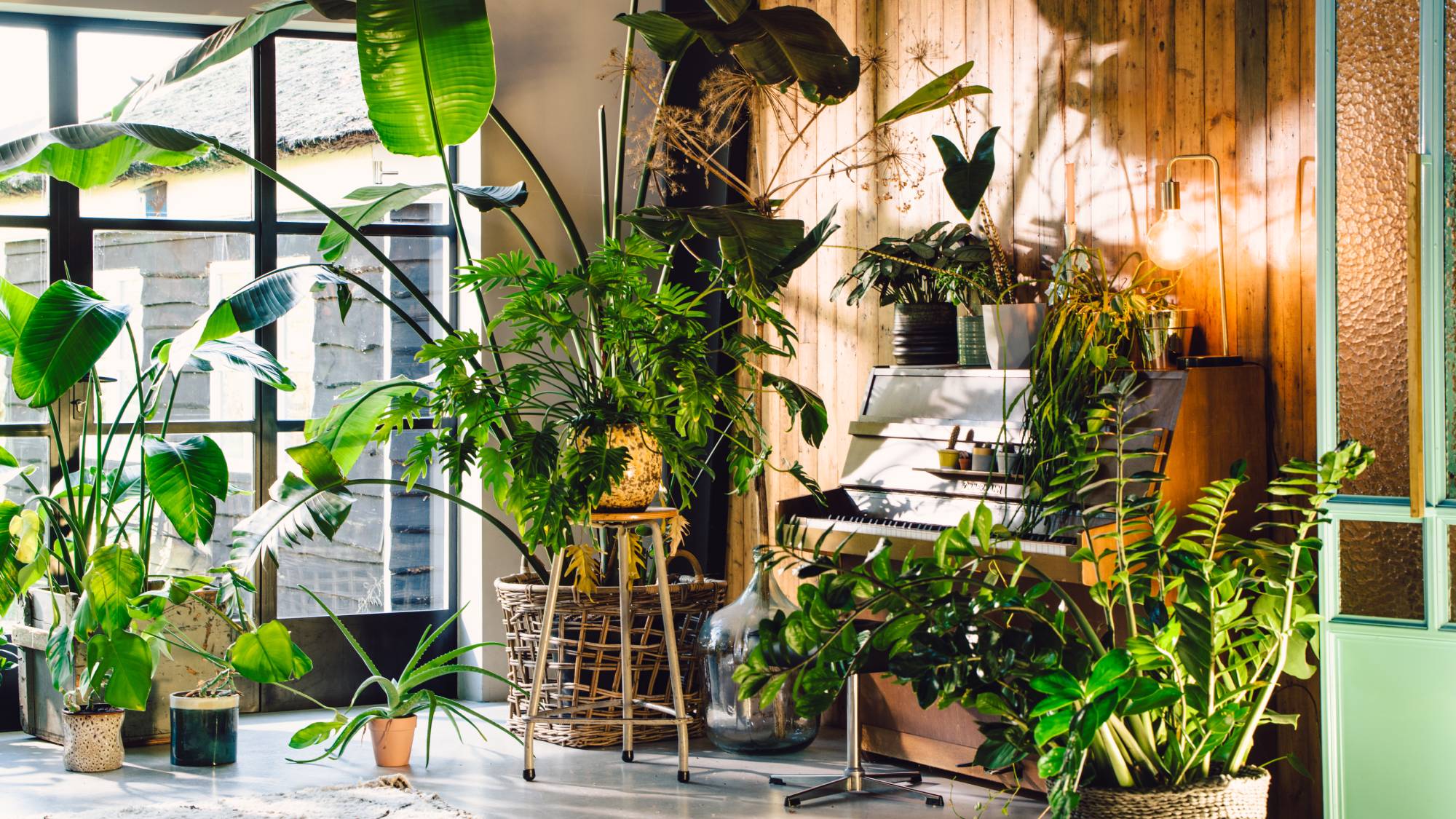
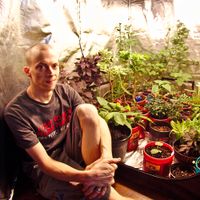
Laura Walters
Fall houseplants need extra tweaks to dodge seasonal stress. Shorter days and dry air mess with growth, risking yellow leaves or pests. An easy fall houseplant care routine stops trouble fast. Adjust water and light to keep your greens thriving through winter’s drag.
Growing houseplants is a popular hobby, but not everyone knows that they need to change their houseplant care through the seasons. One might think that since houseplants are always indoors they aren't affected by seasonal changes, but they are! You want lush greens all year, so start preparing your houseplants for the colder months now.
Your indoor garden will notice when fall sets in. Shorter days and drier air call for lighter watering and brighter spots. A few quick pest checks will keep your house free of bugs. It doesn’t take much—just a little routine care to keep your houseplants looking good until spring growth kicks in. Here are the seven tasks I always do for my houseplants in the fall.
1. Reduce Watering as Growth Slows
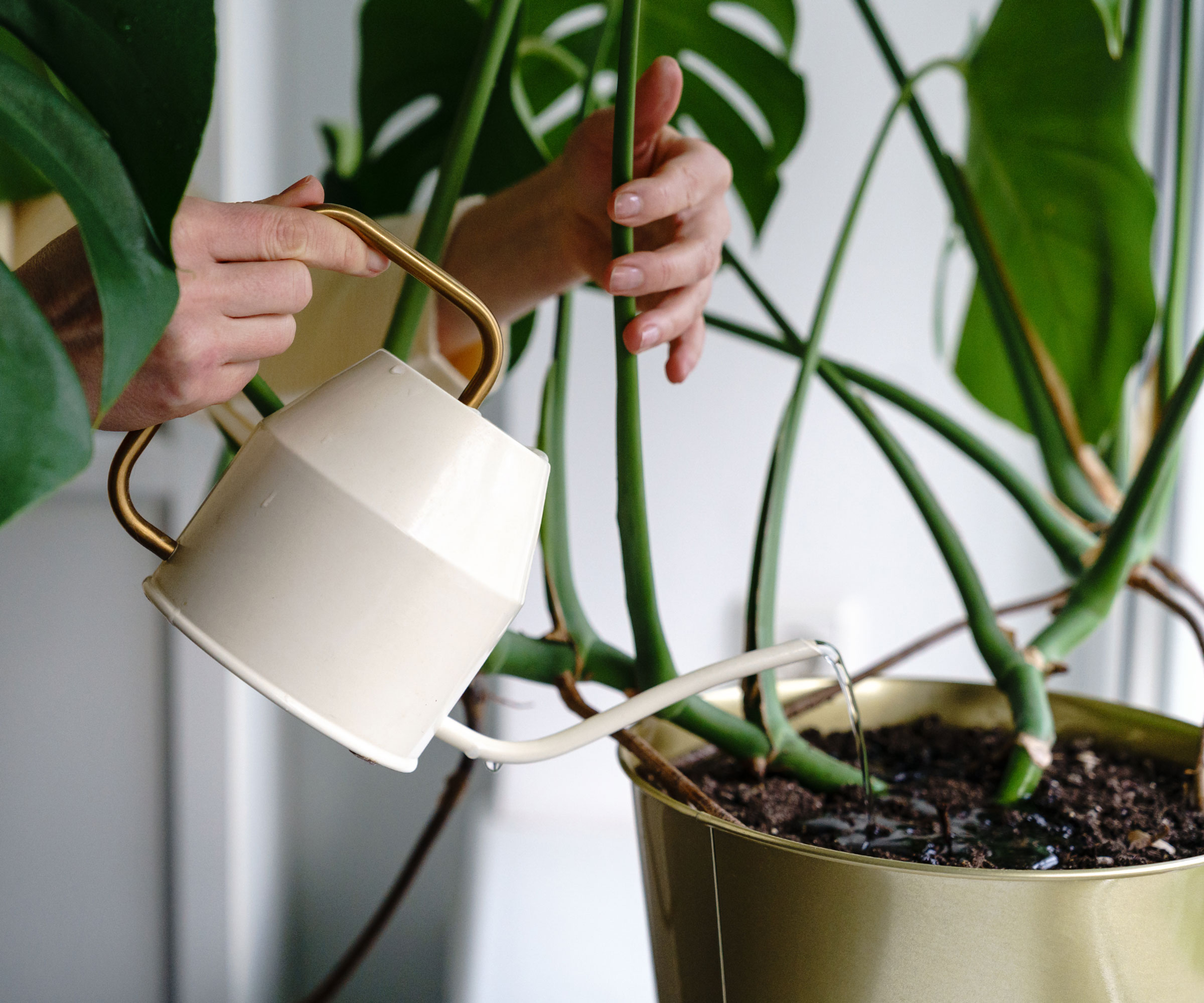
Houseplants enter a dormancy phase as the days shorten which means they grow less and take in less water. Overwatering rots roots and destroys your greenery. Check soil before you start pouring, and ease up to keep them healthy. Dry indoor air from heaters makes it tricky, so it will take a little trial and error to nail down your houseplant watering routine as we continue into winter.
To gauge your watering needs, check soil with your finger or a meter, like this 4-in-1 soil meter from Amazon, and water only if the top inch feels dry. Be sure to use pots with drainage to avoid soggy soil that can kill roots. Water less often—possibly weekly or so, depending on the conditions indoors—since plants grow slower in fall.
2. Move Plants Closer to Light Sources
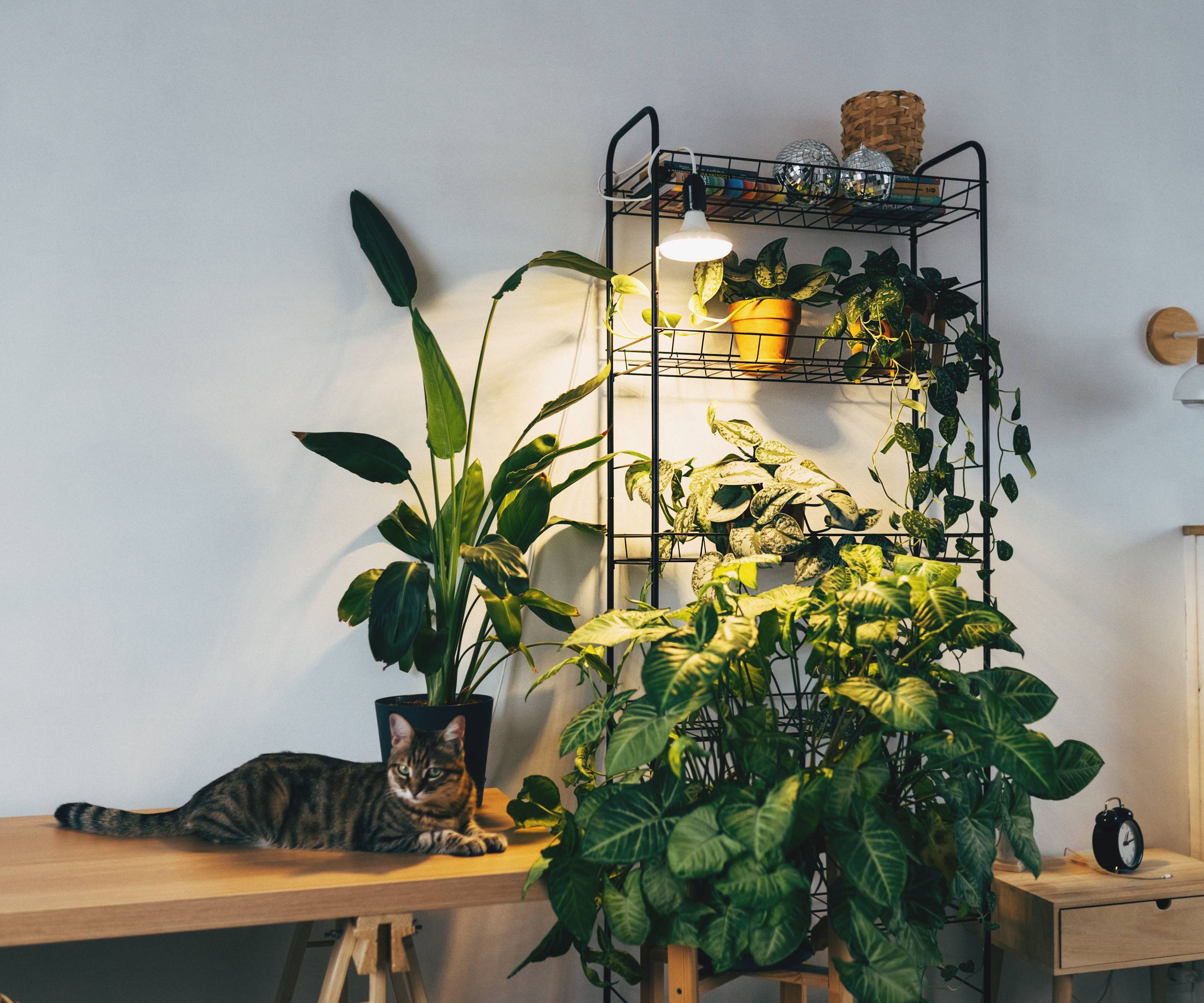
Shorter fall days and low sun angles starve houseplants of light. Weak light fades leaves or stunts growth, especially for tropical houseplants. Move your greens to catch rays or add grow lights. Fall houseplant care means dodging drafts while chasing sunlight to keep plants perky.
Shift plants to south-facing windows for maximum autumn sunlight. A grow light suits dark corners, boosting light for tropical greens. My favorite, the Spider Farmer Grow Light from Amazon, is perfect for steady rays. Always keep plants away from cold window drafts to prevent leaf drop.
Sign up for the Gardening Know How newsletter today and receive a free copy of our e-book "How to Grow Delicious Tomatoes".
3. Stop Fertilizing Until Spring
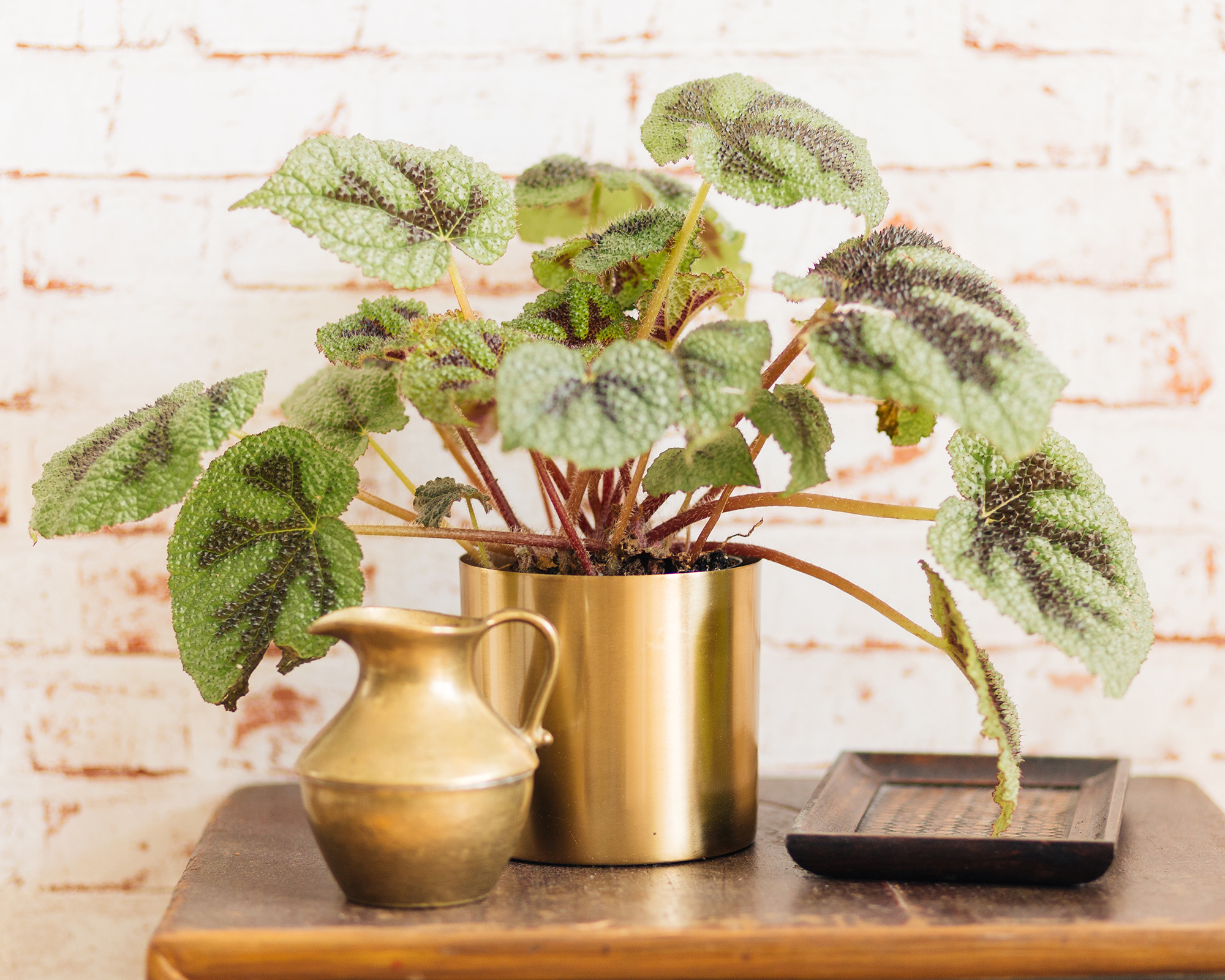
Houseplants in fall aren’t hungry, as growth slows to a crawl. Extra fertilizer burns roots or pushes weak shoots, wrecking your greens. Hold off feeding for solid autumn houseplant care. Wait until spring’s longer days to restart, keeping plants safe through winter.
You should start fertilizing houseplants again in March when daylight stretches and growth kicks in. When you do resume, use diluted liquid fertilizer to avoid shocking your plants; Espoma nutrients from Amazon are a good go-to. Always check plant types, as some need less food even in spring.
4. Clean Leaves and Pots
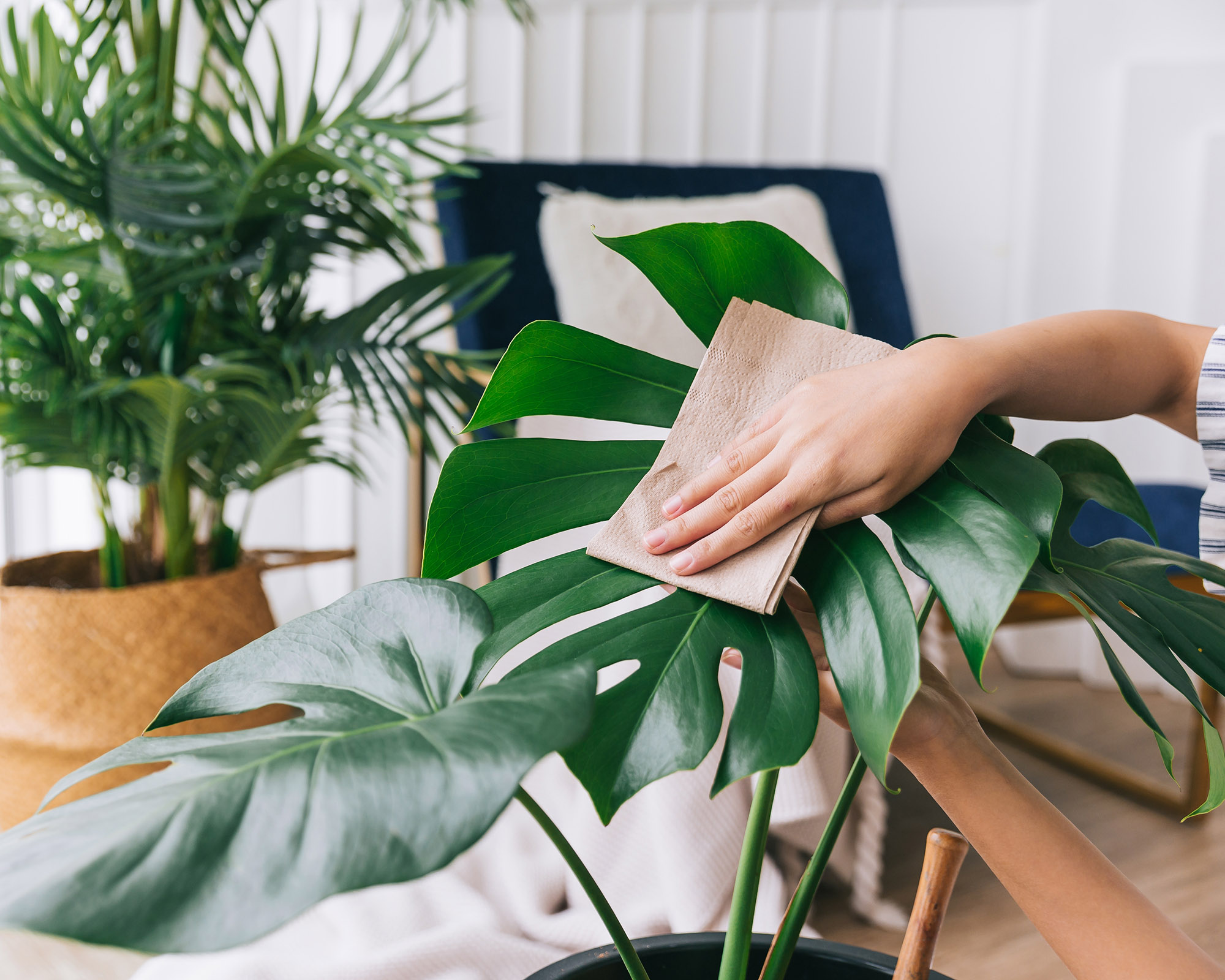
Dusty leaves block light, starving your fall houseplants of photosynthesis. Debris in pots invites houseplant pests or mold, a real hassle. Do a little houseplant grooming and clear pots for healthy greens. Autumn houseplant care means keeping things clean to avoid trouble before it even starts.
Clean houseplant leaves with a damp cloth or these microfiber plant cleaning gloves, available on Amazon, to boost light absorption. Clear dead leaves or soil from pots to block pest hideouts. Make sure to rinse saucers to stop mold from growing in standing water.
5. Trim Dead or Dying Growth
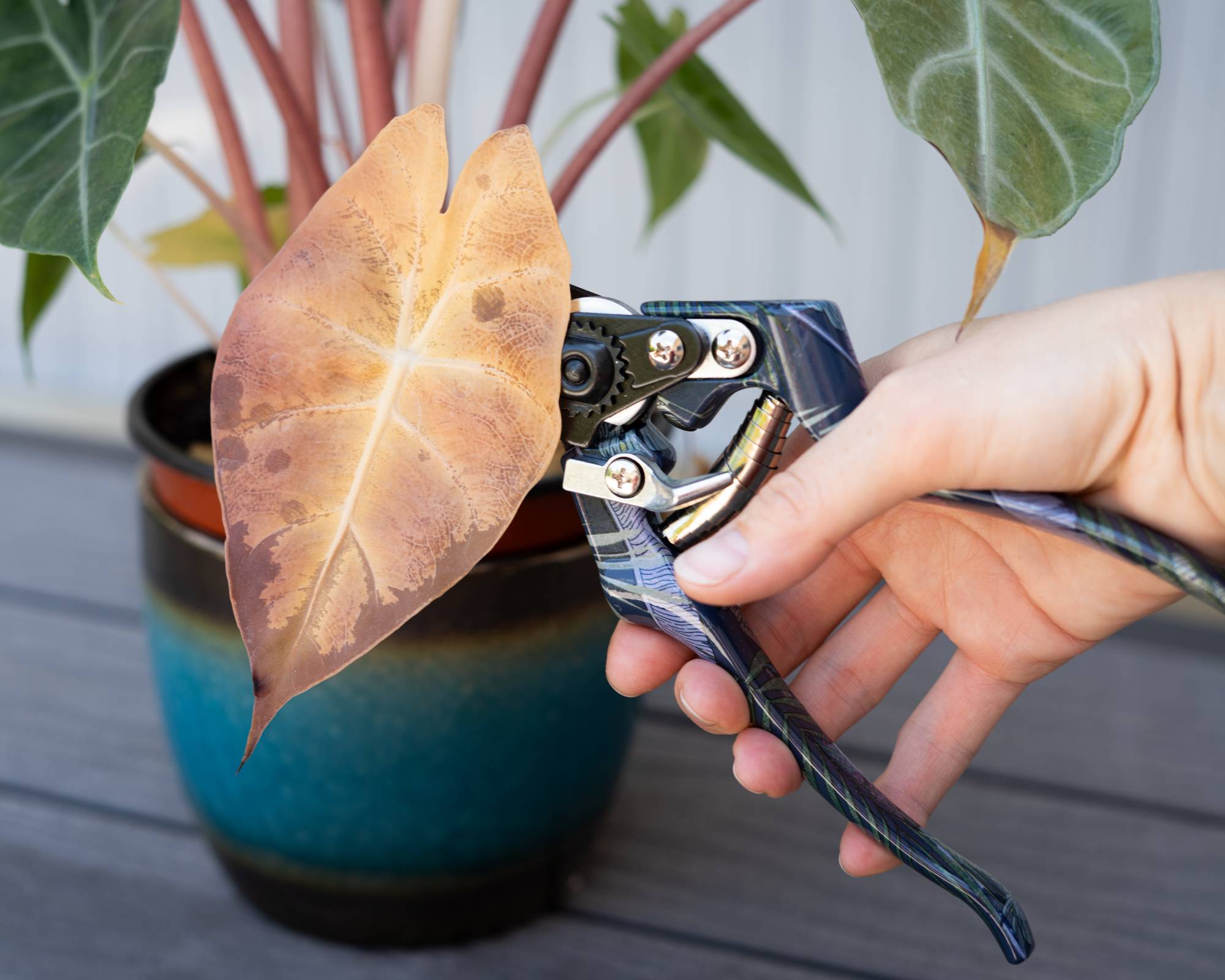
Yellowing leaves and dead leaves sap energy from your houseplants in fall. Light pruning of houseplants cleans them up without stressing them out. Overdoing it risks weak growth, so stick to the basics. Fall houseplant care keeps your beauties tidy, ready for winter’s low-light drag.
Snip yellow or brown leaves with clean, sterilized tools to avoid disease. Trim only dead bits; healthy stems need to stay for growth. Check for leggy growth and cut back lightly to shape plants.
6. Check for Pests, Especially After Summer Outdoors
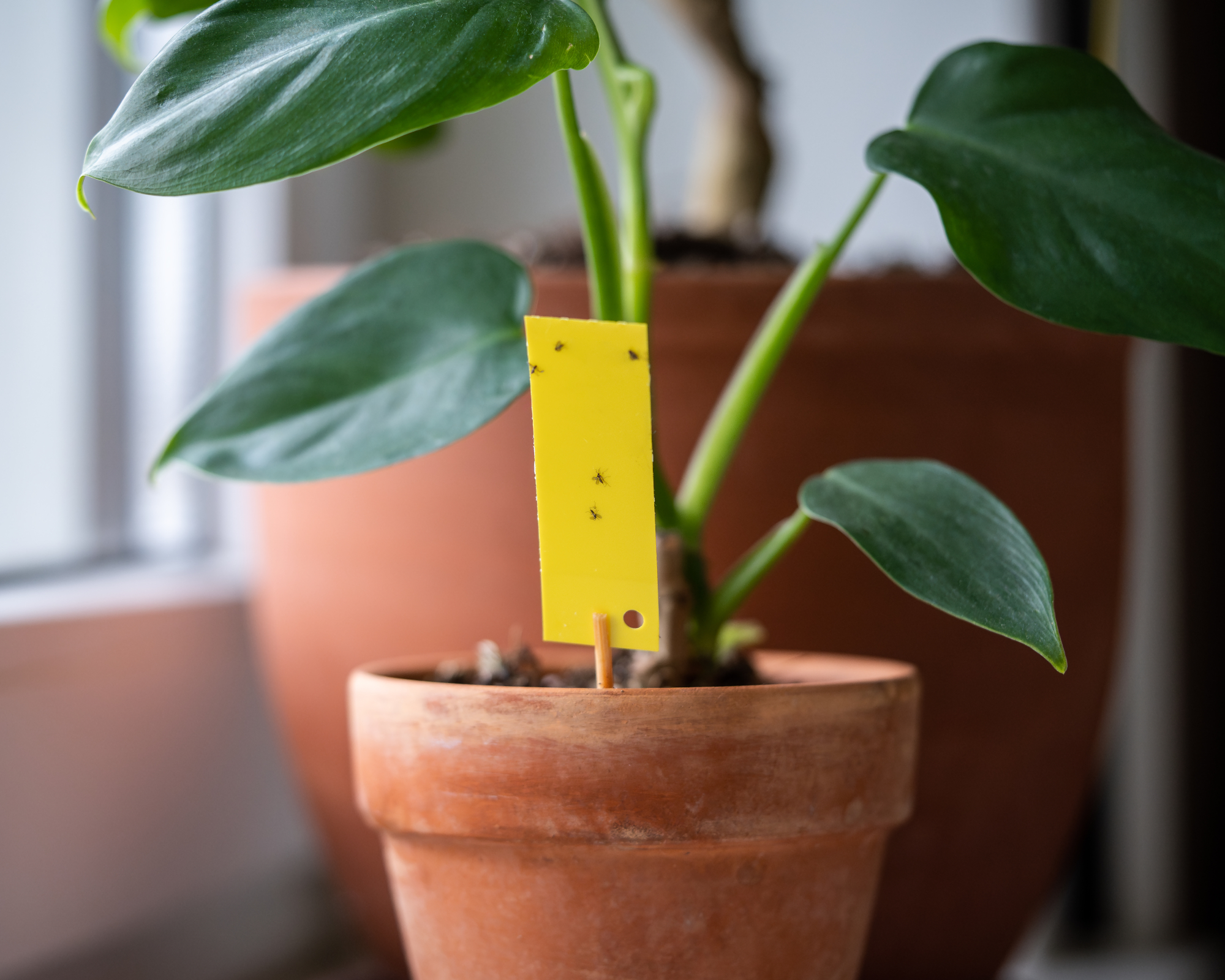
Common houseplant pests like spider mites or fungus gnats crash your fall houseplants, especially post-outdoor summer. They hide on leaves or in soil, ready to wreck your greens. Inspect closely and treat fast for solid houseplant care. Catch them before they spread indoors.
Inspect leaf undersides for spider mites or mealybug webs. Neem oil, like Garden Safe Neem Oil from Amazon, is a good leaf spray, stops pests in their tracks. Sticky traps suit pots, snagging gnats before they multiply.
7. Boost Indoor Humidity
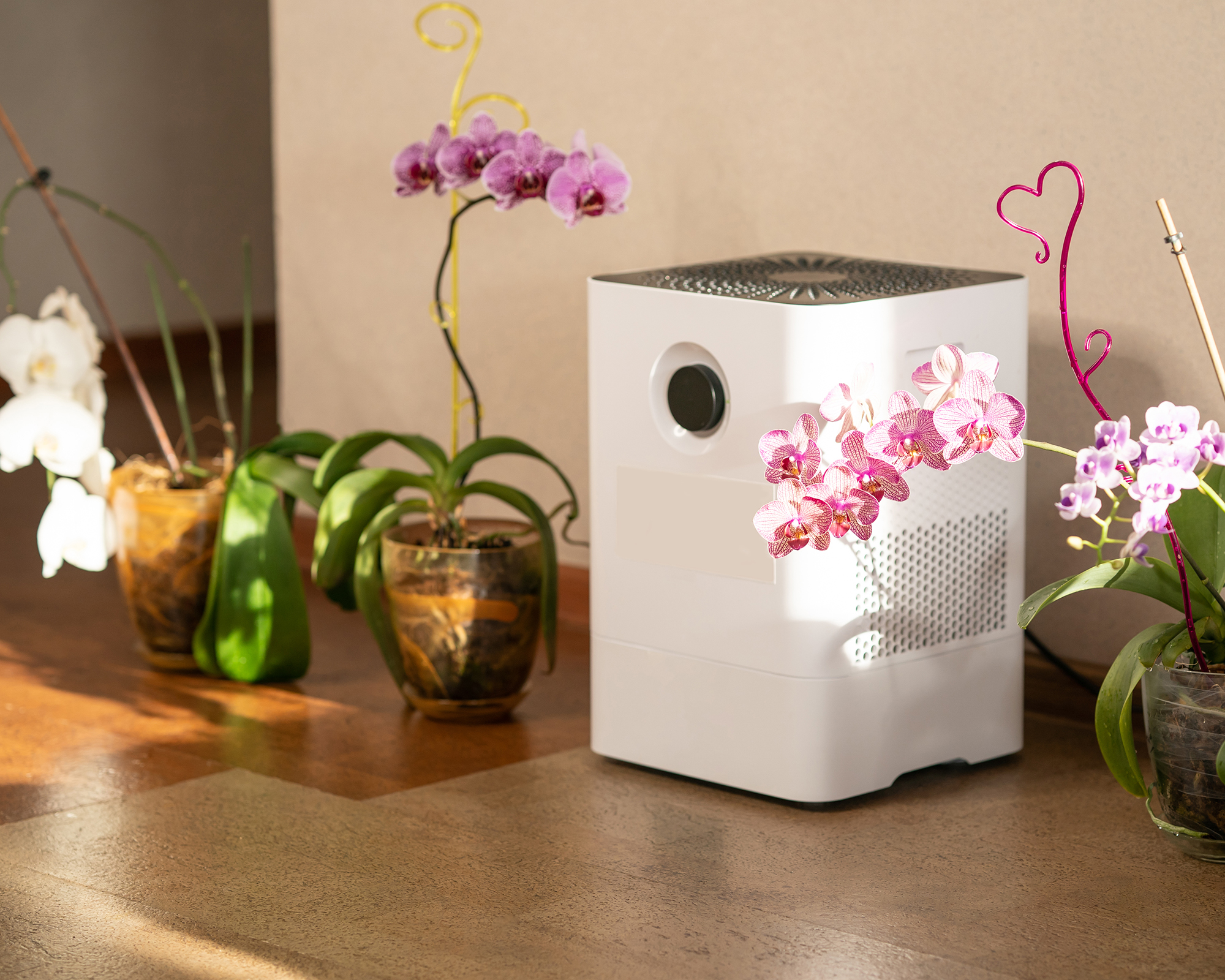
Dry indoor air from fall heating stresses tropical fall houseplants, wilting leaves. On the other hand, Low humidity invites pests to mess with your greens. You can increase houseplant humidity with a few simple tricks.
A pebble tray suits plant bases, holding water to raise humidity and you can easily make a pebble tray with things you may have around the house. A room humidifier helps dry rooms and increases moisture for tropical plants. This Levoit humidifier from Home Depot is perfect for even large rooms. You can also group plants together to trap moisture and create a humid zone.
It’s wise to act now, before cold weather hits, so you can keep your houseplants thriving. These steps dodge fall stress for healthy, lush greenery year-round.
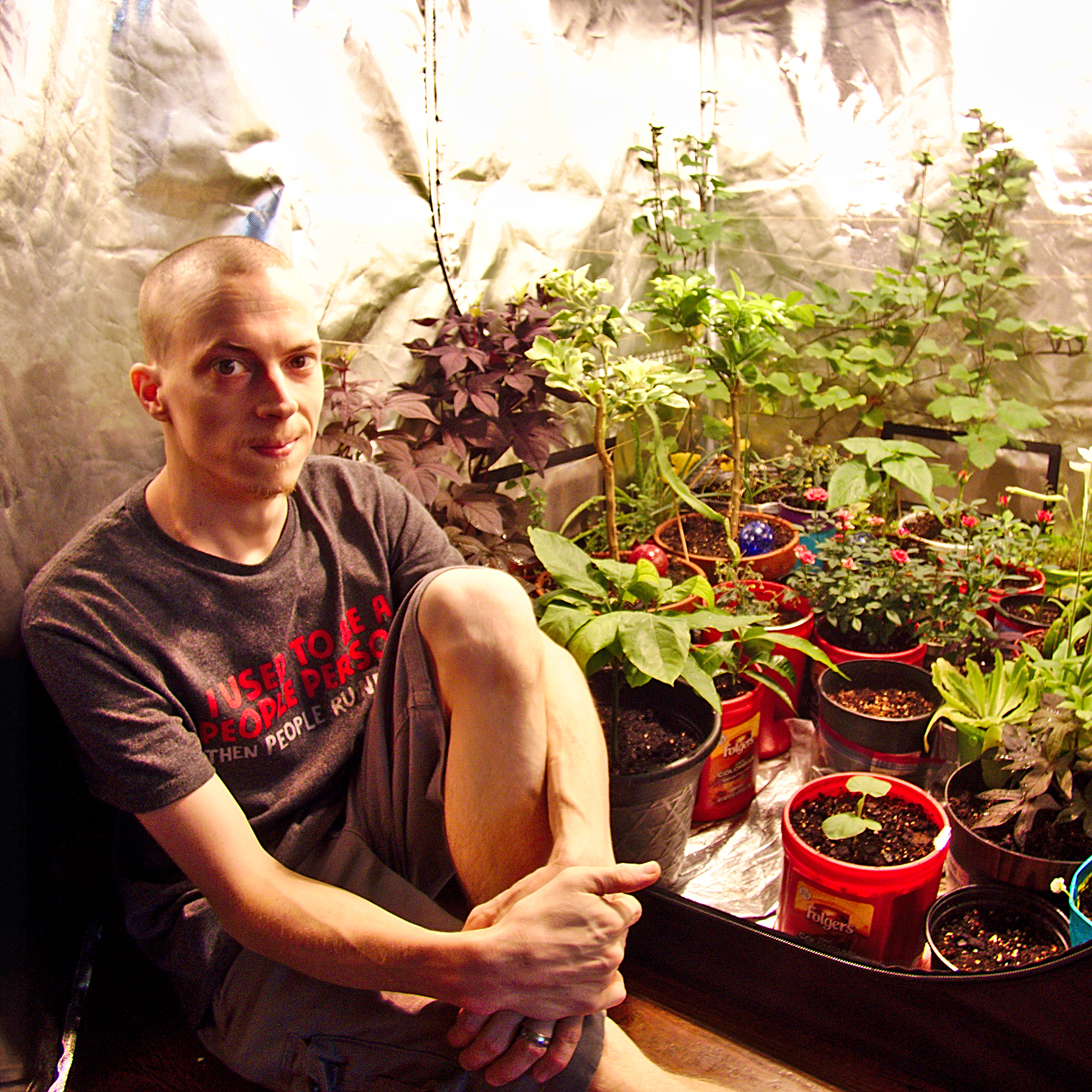
Tyler’s passion began with indoor gardening and deepened as he studied plant-fungi interactions in controlled settings. With a microbiology background focused on fungi, he’s spent over a decade solving tough and intricate gardening problems. After spinal injuries and brain surgery, Tyler’s approach to gardening changed. It became less about the hobby and more about recovery and adapting to physical limits. His growing success shows that disability doesn’t have to stop you from your goals.
- Laura WaltersContent Editor